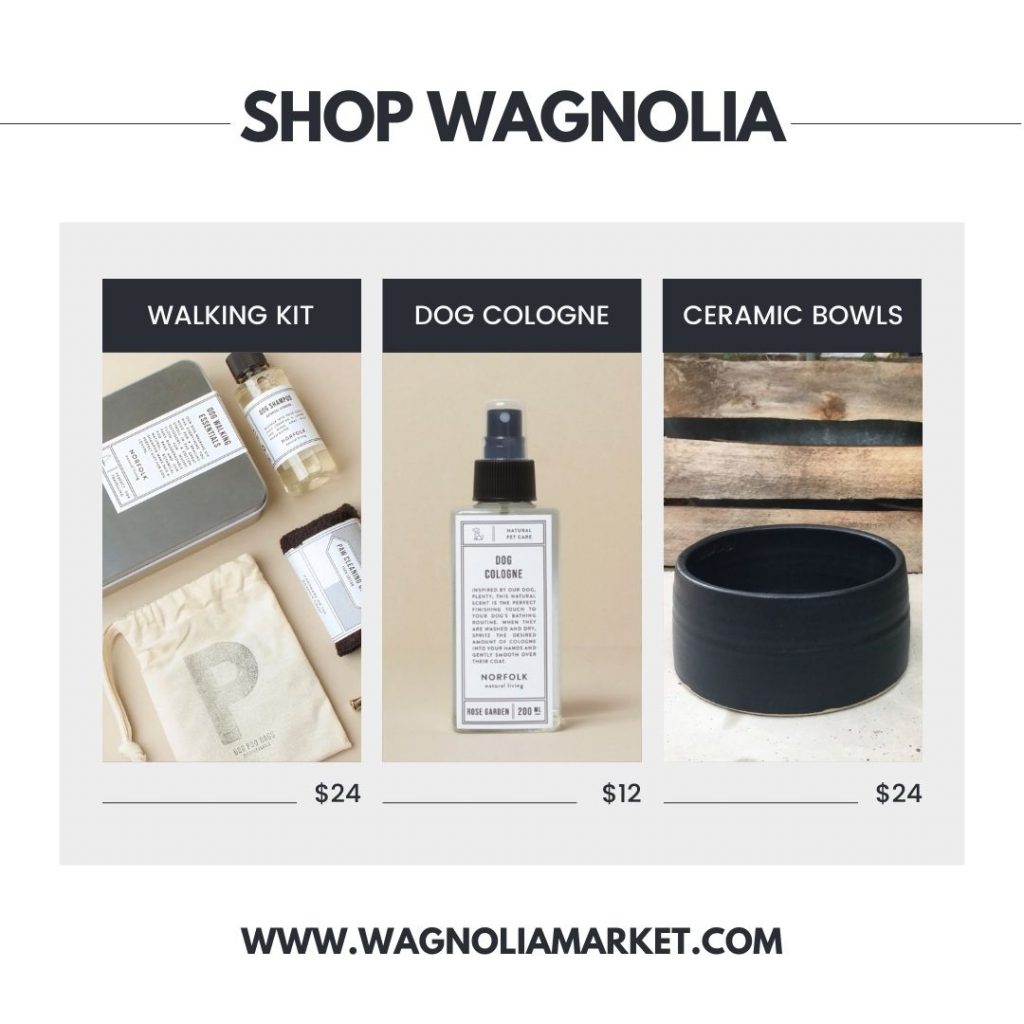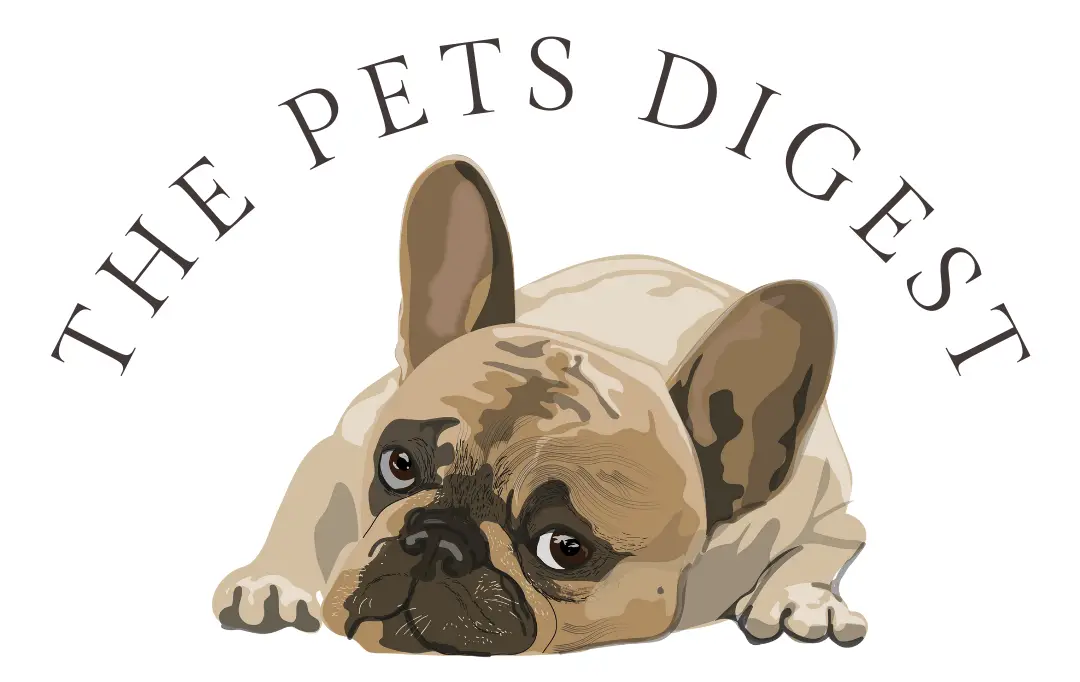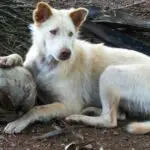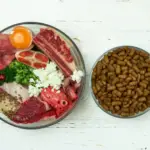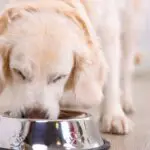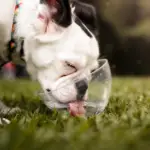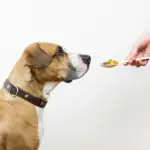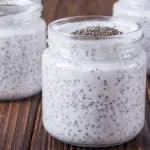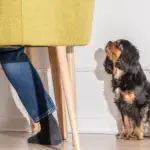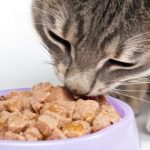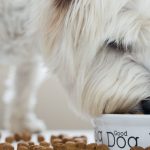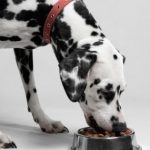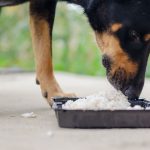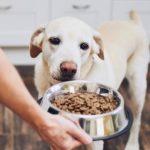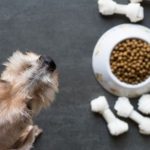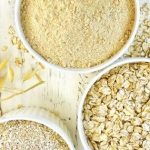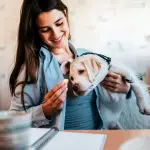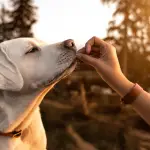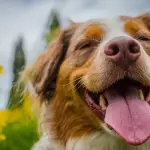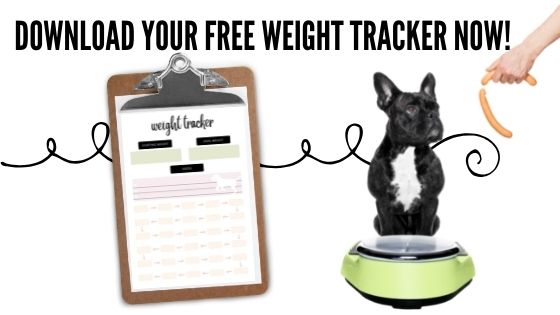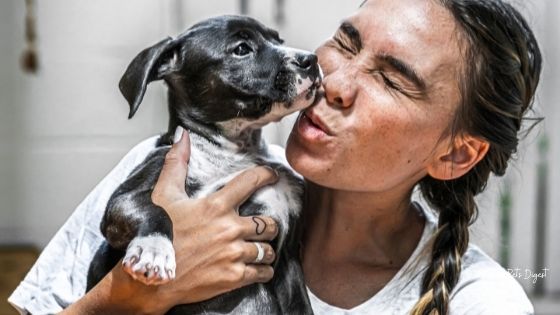Obesity in dogs and cats is a leading cause of secondary chronic issues and is the number one health concern in dogs worldwide, but is also the most preventable medical condition. While there are diets like Royal Canin Gastrointestinal Low-Fat, there are other things you can do if you have an overweight dog.
For a dog or cat to experience optimum health, they must be at a healthy weight. In 2018, an estimated 60% of cats and 56% of dogs in the United States were overweight or obese according to the association for pet obesity prevention. (source)
Obesity is essentially a state of chronic inflammation that leads to chronic inflammatory disease due to the accumulation of excess body fat. In dog’s obesity is loosely defined as being 30% over the ideal body weight, but there are no hard and fast rules about what officially defines obesity ranges in dogs.
What are the risks associated with obesity
Overweight dogs are at increased risk for many diseases including:
- Early death: It has been shown that obese dogs die an average of 2 years earlier than their fit counterparts
- Cardiorespiratory diseases: airway obstruction syndrome and laryngeal paralysis
- Decreased respiratory capacity
- Exercise intolerance
- Hyperlipidemia (abnormally high fat in the blood)
- Cancer
- Orthopedic issues like osteoarthritis due to the extra weight
- Urogenital system conditions like transitional cell carcinoma
Is your dog or cat fat?
Most pet owners are astonished when the vet tells them that their pet is overweight as many believe their dog or cat is at a healthy weight. So, how do you know if your dog or cat is at a healthy weight do what vets do and use the Body Condition Score or BCS.
Feel
Run your hands along the spine and the sides of the body along the ribs. You should be able to feel the spine, ribs, and shoulder blades under a very thin layer of fat. The ribs should not protrude so much that you can see them but you should easily be able to palpate them. If you can easily see the ribs then your pet is probably underweight.
Look
Stand over your cat or dog they should be shaped almost like an hourglass, wider at the ribs narrow at the waist, and wider at the hips. If your pet has no waist and is just straight, they are probably overweight.

What breeds are prone to obesity?
There are certain breeds that have been identified as being genetically predisposed to obesity (source)
- Basset Hounds
- Beagles
- Boxers
- Cairn Terrriers
- Cavalier King Charles Spaniels
- Cocker Spaniels
- Dachshhunds
- Doberman Pinschers
- Golden Retrievvers
- Labrador Retrievers
- Scottish Terriers
- Shetland Sheepdogs
- West Highland White Terriers
What dogs have the lowest susceptibility to obesity?
Sighthounds like, Whippets and Greyhounds tend to be some of the least susceptible breeds to obesity and German Shepherds tend to have the lowest incidence of obesity.
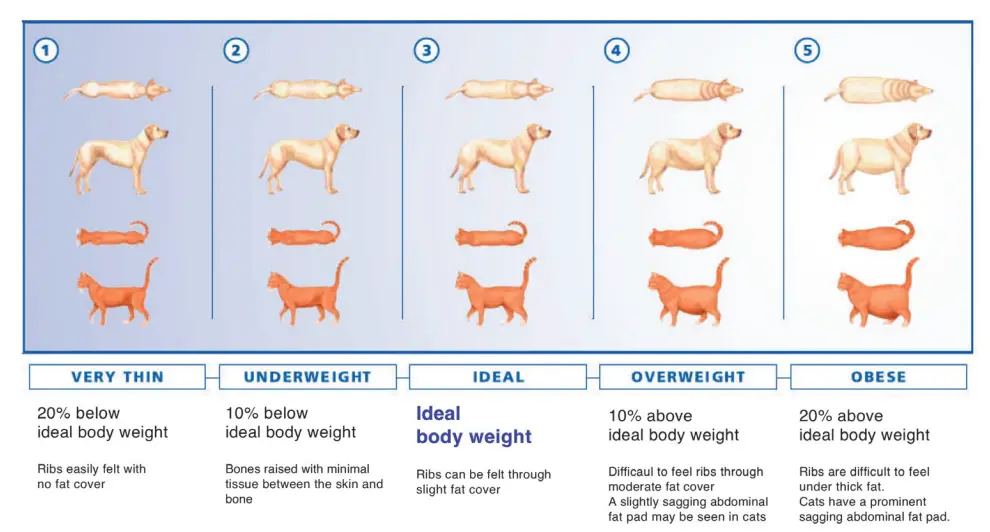
What causes obesity in dogs and cats

‘Fixed’ or dogs that have been spayed or neutered have an increased risk of being overweight than those that are sexually intact. This is independent of the age they were fixed. (source)
There are many other causes of obesity in dogs and cats besides spaying and neutering:
1. Decreased physical activity
Just like people, regular physical activity helps your dog or cat stay at an optimal weight and improve their overall health. As they get older, their metabolisms may slow and it is easier for them to put on weight which is why it’s important to keep them as active as possible through walks and other forms of physical activity.
2. Too many unhealthy treats
While a wholesome healthy treat daily won’t do much harm, if you are allowing your pup or kitten to snack endlessly on highly processed treats they will most likely gain weight
3. Feeding food that isn’t beneficial
Human studies have shown that a poor diet can lead to the obesity-gene changing its expression and once the body becomes “programmed” for fat it leads to an increase in fat cells. Always read the packaging when choosing a food, if sugar is one of the first five ingredients then steer clear.
4. Diseases
Some diseases like hypothyroidism or Cushing’s causes obesity in dogs, so be sure to take your dog or cat in and have him or her checked prior to making large changes
There is an ‘obesity’ gene in humans & dogs called the ‘fat mass and obesity-associated gene and those that have the gene are 20%-30% more likely to become obese.
What is the fastest way for my dog or cat to lose weight?
Just like people weight loss is 80% diet and 20% activity, so get your pet up and active while feeding them the proper portion size and decreasing the treats.
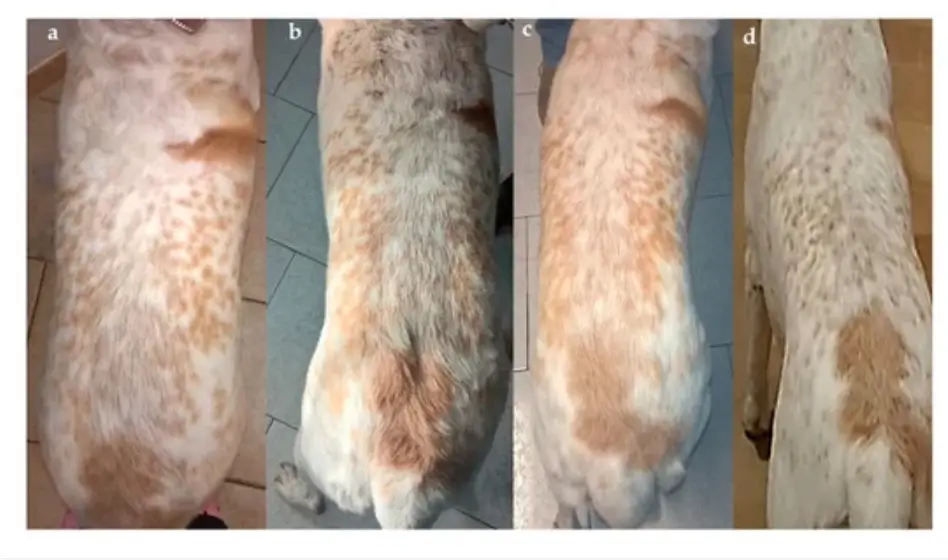
How do I create a weight reduction plan for my dog or cat?
Here are some things to consider when forming a weight-reduction plan for your dog
1. Speak with your vet first
Ideally, you shouldn’t put your dog on a diet without the assistance of your vet as they can calculate the needed caloric intake to reach optimal weight, assess for any underlying medical issues
2. Get your entire family on board
Encourage your family to get on board with feeding your dog or cat the right amount of food and not giving too many treats or any table food.
Also, there has been a study that showed a family-centered approach to getting your dog to lose weight can lead to successful weight loss and to a modification in the caregivers’ way of thinking about nutrition and their own lifestyle. Read Article
3. Write everything down
Write down the foods that seem to work for your dog and how much are feeding. Also, keep track of your dog or cats weight loss progress (download a free weight tracker here)
4. Set goals
Set small goals for your dog or cat to reach especially if they have a lot of weight to lose so that they are still getting enough calories and nutrients without losing too much weight too fast
5. Create a meal plan
If you are making your dog’s meals or using meal toppers that you make at home create a healthy meal plan and go over it with your vet.
6. Make it simple
There are tools like the Petable app that can make charting your dogs progress simple
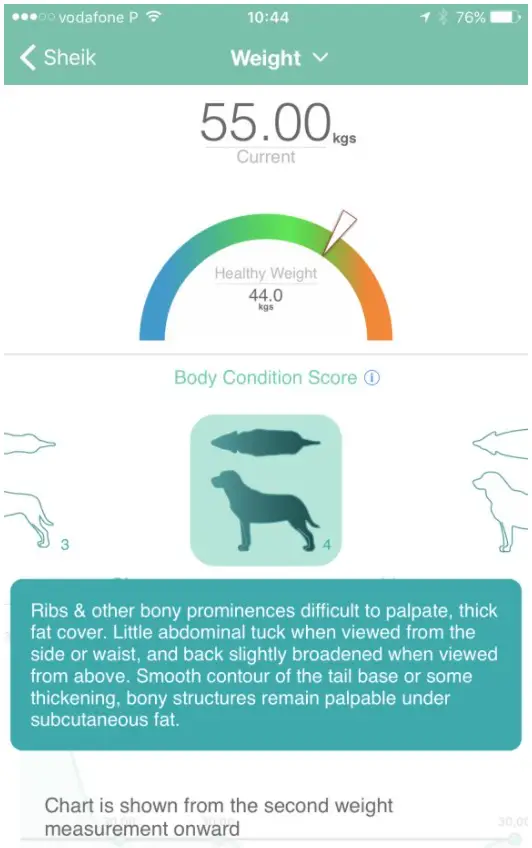
How much weight should my dog lose?
Every dog and cat is different which means your pet will have his or her own ideal weight, However, The Pet Obesity Prevention website has a list of suggested weights for dogs and cats here. The list is a great guide, but again each dog or cat will have their individual optimal weight, so your pet’s goal weight could be a couple of pounds more or less.
It is considered safe for most dogs to lose between 3-5% of their body weight per month.
How much should I feed my dog or cat to lose weight?
Most dogs need about 25 to 30 calories per pound per day to maintain their weight; but since every dog is different, speak with your vet about your pet’s weight loss specifically.
To determine the amount of food you should feed your dog or cat first have to determine the number of kcals (calories) they need each day. You can do this with an online calculator like this one from the pet nutrition alliance or the equation below:
30 x (body weight in kilograms) + 70 = RER
If your dog has a lot of weight to lose identify an interim goal to aim for somewhere between his goal and current weight rather than aiming straight for his or her ideal weight (Ward 2007).
What should I feed my dog or cat to lose weight?
- Since obesity is bascially an inflammatory condition, feed foods that are antiinflammatory based. Many owners add things into their dogs diet like coconut oil, turmeric, and vitamin E to their dogs food.
- Feed diets that use whole foods and do not contain artificial colors, flavers, or preservatives.
- If possible give your pets foods that are organic and do not have added antibiotics and hormones, sugar, or pesticides or GMOs
- Feed foods with good carbs that originate from whole, fesh foods like fruits, vegetables, and gluten-free grains
- Many vets will prescribe prescription weight loss foods
- Choose a food specifically geared toward weight loss and creating a healthy weight in your pet
- High-quality, novel protein as it is a critical part of weight-loss
Refrain from feeding your dog

- unhealthy treats
- table food
Healthiest over the counter food for overweight dogs oor cats
While most prescription diets like Royal Canin Gastrointestinal low-fat will work well for pets trying to lose weight there are other options for pet owners that may not want to go the prescription route. Some other great over-the-counter foods are Eukanuba Weight Control and Hills I/D Low Fat.
What are some great treats for weight loss in dogs?
If your dog will eat things like fruit and vegetables these make great treats, some great options are
- Blueberries: These not only taste great but they are packed with antioxidants
- Apples: My dog loves a good apple, you can also include a small dollop of low-fat peanut butter
- Broccoli: These are extremely beneficial for dogs and they usually enjoy the taste
Here is an article that goes over some other great fruits for dogs
If you would prefer over the counter treats look for these things
- no preservatives or added dyes
- lower in fat (less than 10-12%)
- no sugars added
- whole foods like dried treats like sweet potatoes or liver

How can i encourage more activity?
Regular walks: The most obvious (and easiest) way to encourage more activity in your pet is to extend their walks and time outside or at play in the house.
Treadmills: some pet owners invest in a pet treadmill if they aren’t able to get their pet to move on a regular basis or don’t have the ability to walk them themselves
Toys for cats: There are tons of toys to choose from for cats to get them up and moving
Obstacle courses: One option is to set up a pet playground that includes obstacle courses and things for your pet to interact with, however, if your pet isn’t used to the activities they may not be thrilled about running through the courses.
References
